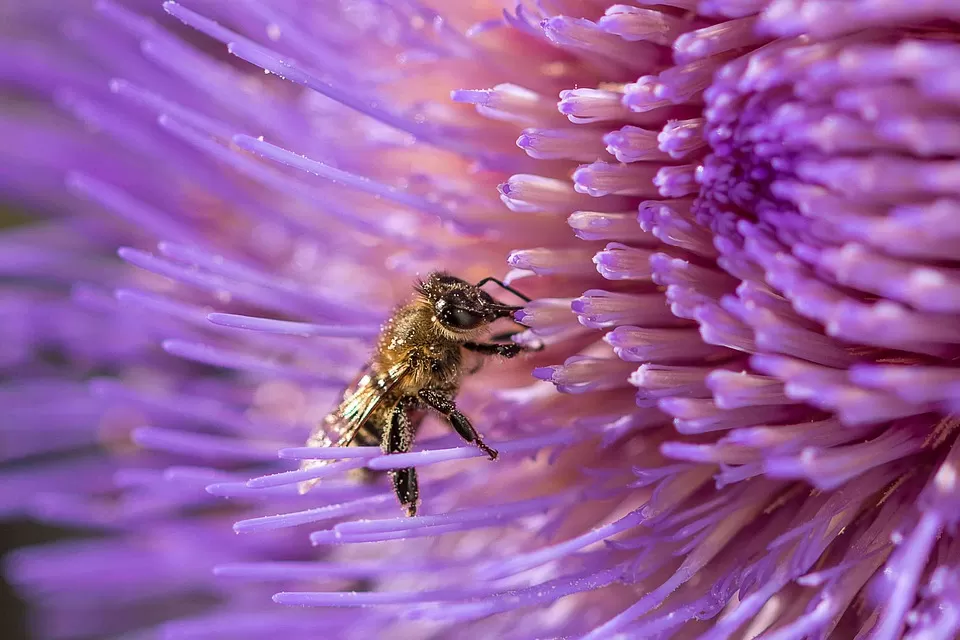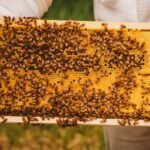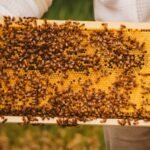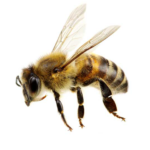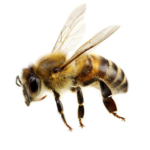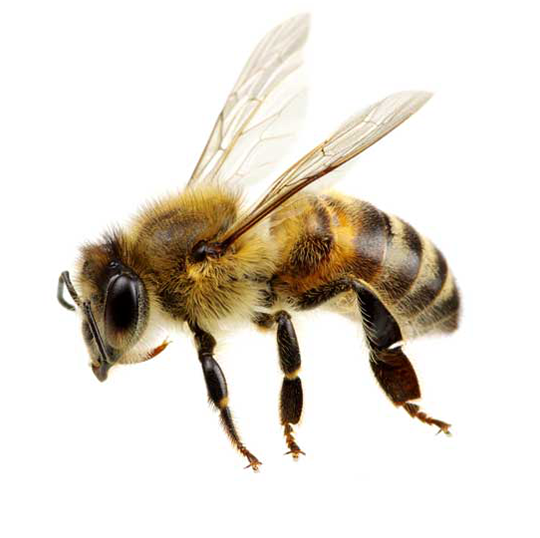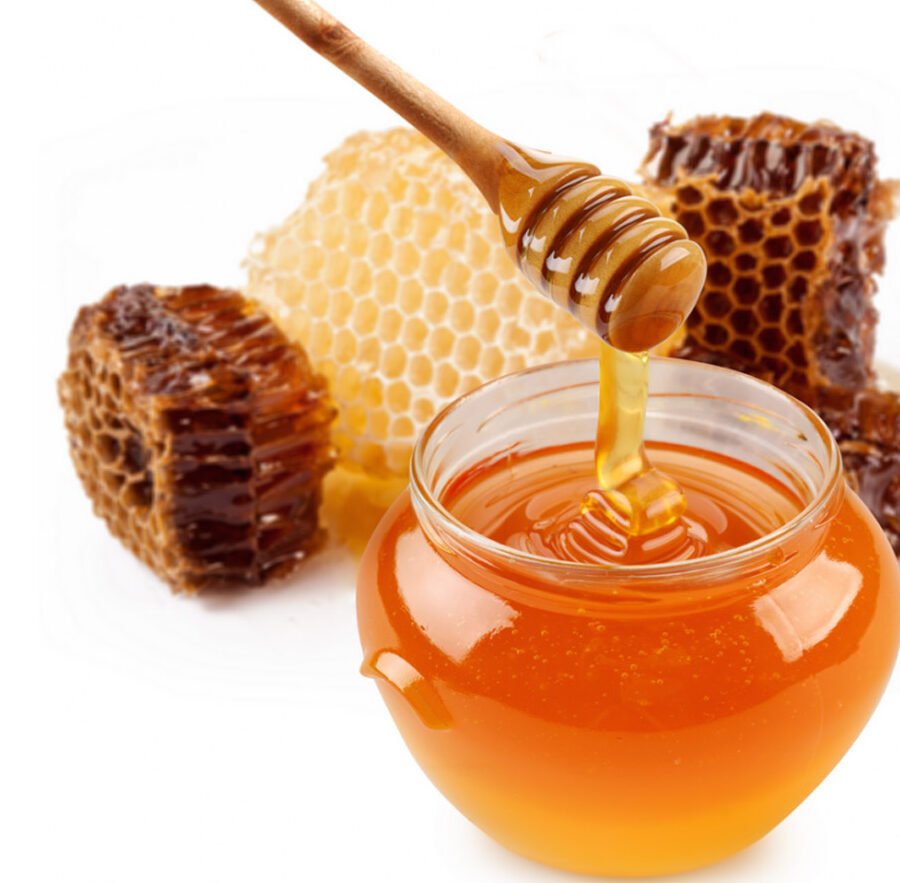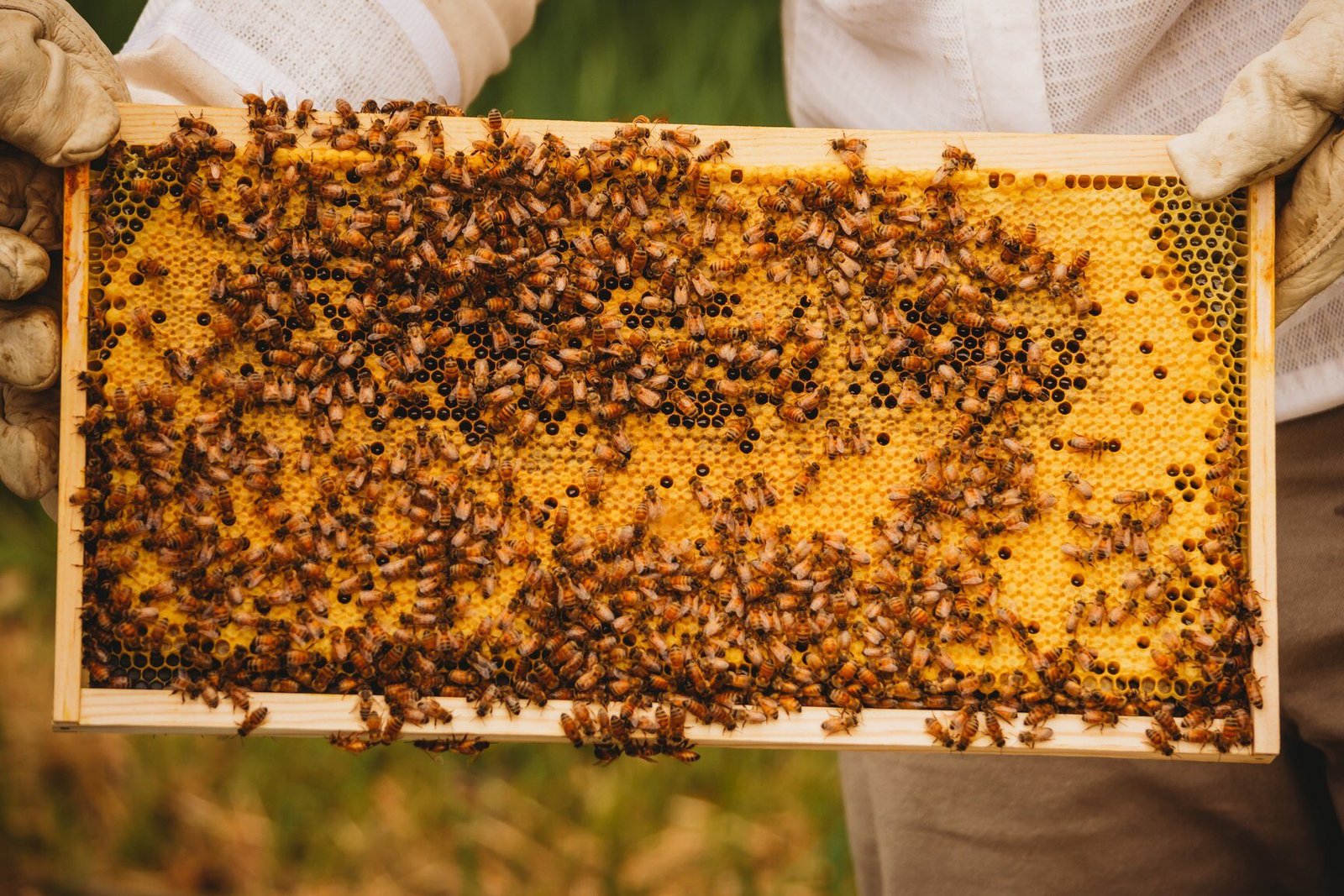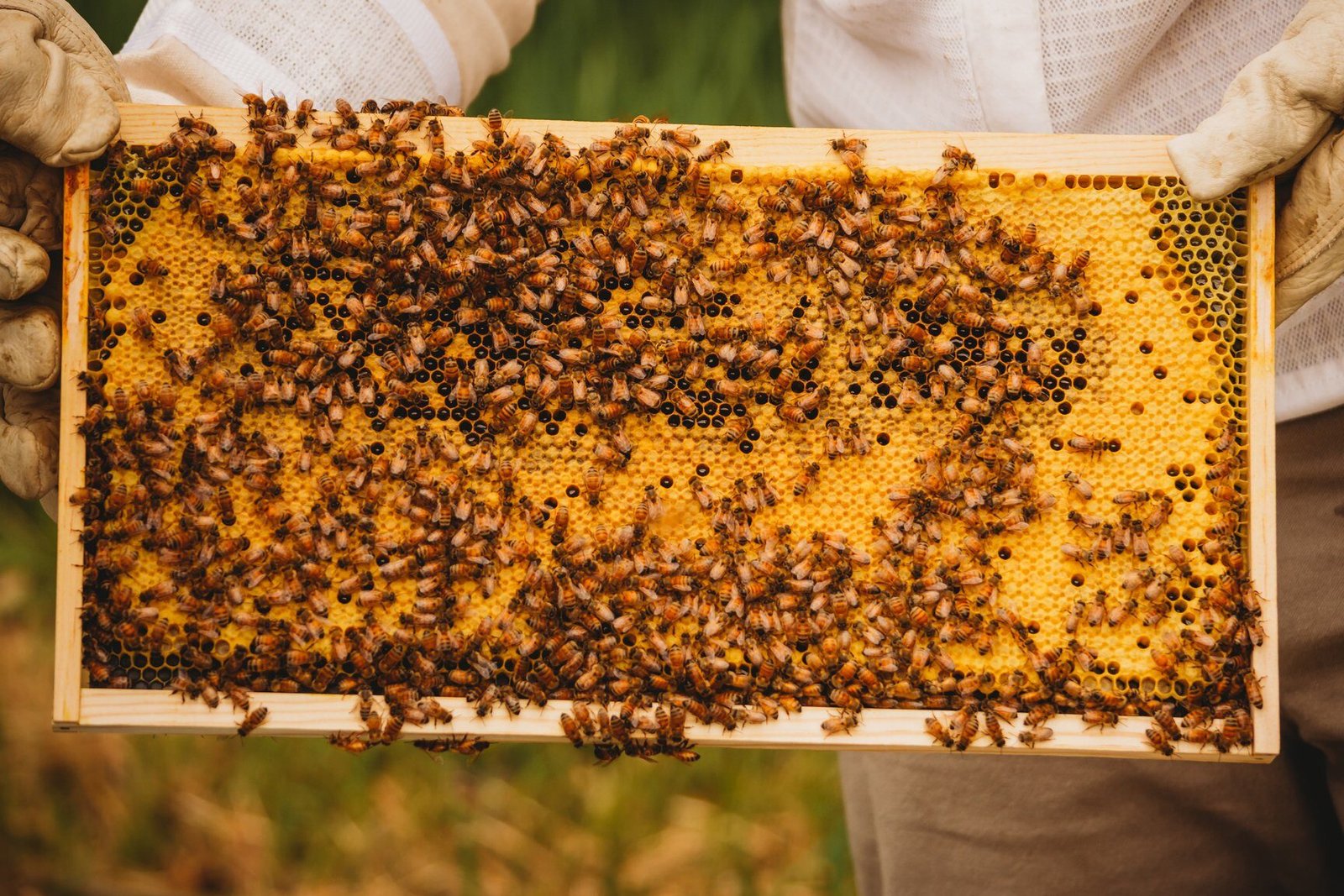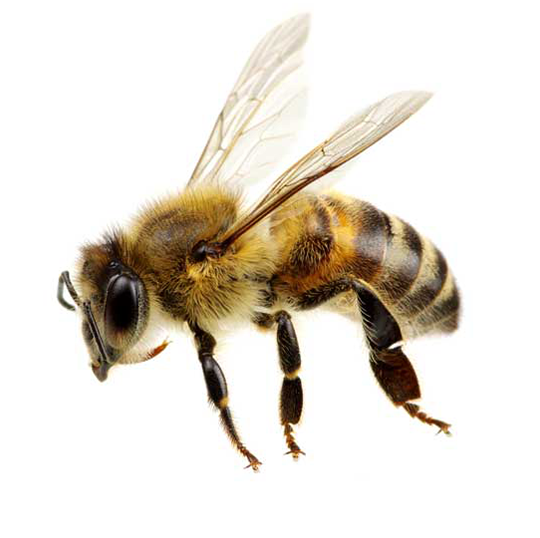Exploring the Art of Honey Harvesting: A Comparative Study of Various Bee Species
Introduction
Whether you’re an aspiring beekeeper or just someone who appreciates the wonders of nature, honey harvesting is an art worth exploring. In this comprehensive article, we will delve into the world of honey harvesting, focusing on a comparative study of various bee species. We will examine 25 keywords and one long-tail keyword to provide you with a deep understanding of the subject. So, let’s put on our beekeeping suit and start our journey into the fascinating world of honey harvesting!
1. Understanding the Importance of Honey
– Honey’s nutritional value and health benefits
– Honey’s significance in human history
– The magical process of turning nectar into honey
2. Introduction to Beekeeping
– The basics of beekeeping
– Choosing the right equipment and location for your hive
– Legal considerations and permits for beekeeping
3. Comparative Study of Bee Species
3.1. The European Honey Bee (Apis mellifera)
– Overview of the most common bee species used in beekeeping
– Characteristics, behavior, and honey production of the European honey bee
– Tips for maximizing honey production with European honey bees
3.2. The Africanized Honey Bee (Apis mellifera scutellata)
– Understanding the Africanized honey bee and its unique traits
– The challenges and benefits of keeping Africanized honey bees
– Safety precautions when dealing with Africanized honey bees
3.3. The Stingless Bee (Meliponini)
– An introduction to stingless beekeeping
– Characteristics and advantages of stingless bees
– Harvesting techniques for stingless bee honey
3.4. The Bumblebee (Bombus spp.)
– Exploring bumblebees as pollinators and honey producers
– Beekeeping considerations specific to bumblebees
– Benefits of maintaining bumblebee colonies for honey production
4. Harvesting Techniques
– The ideal time for honey harvesting
– Step-by-step guide to harvesting honey from different bee species
– Honey extraction methods: crush and strain, comb honey, and centrifugal extraction
5. Ensuring Bee Well-being
– Bee health and disease prevention
– Importance of providing a suitable environment for bees
– Tips for responsible beekeeping to ensure the well-being of the colony
6. Frequently Asked Questions (FAQ)
Q1. Can anyone become a beekeeper?
Ans: Yes, anyone with an interest in bees and proper training can become a beekeeper. However, it is important to check local regulations and ensure you have the necessary knowledge and resources before starting.
Q2. Which bee species is the easiest for beginners?
Ans: The European honey bee (Apis mellifera) is commonly recommended for beginners due to its gentle nature and wide availability of resources for learning.
Q3. Are all bee species suitable for honey production?
Ans: While honey production is possible with various bee species, some, like the stingless bee, produce less honey compared to others. Each species has different characteristics, so it’s crucial to consider specific goals before selecting one.
Q4. How often can honey be harvested?
Ans: Honey can typically be harvested at least once a year, but it depends on factors such as climate, bee species, and hive size.
Q5. What is the long-tail keyword for this article?
Ans: “Comparative study of honey production by different bee species: benefits and challenges”
Conclusion
Honey harvesting remains an incredible art that allows us to tap into the extraordinary world of bees. By understanding the unique characteristics of different bee species, we can optimize honey production while ensuring the well-being of our invaluable pollinators. Remember, honey harvesting is not just about reaping a sweet reward – it is also about appreciating and protecting the remarkable ecosystems that bees contribute to. So, embrace this enriching journey and become a part of the beekeeping community that supports the art of honey harvesting!
